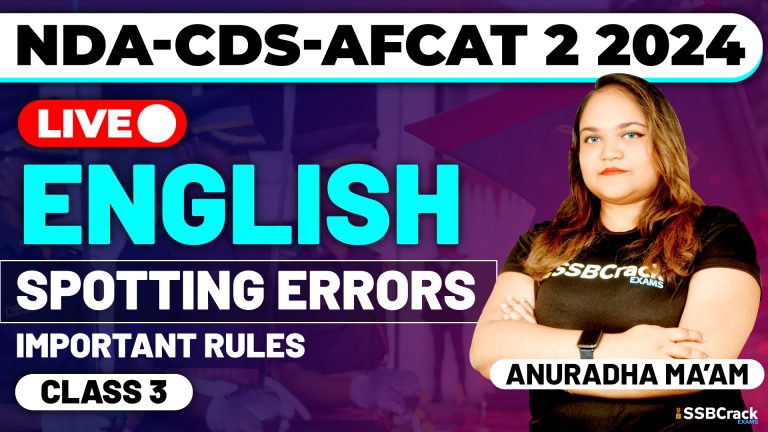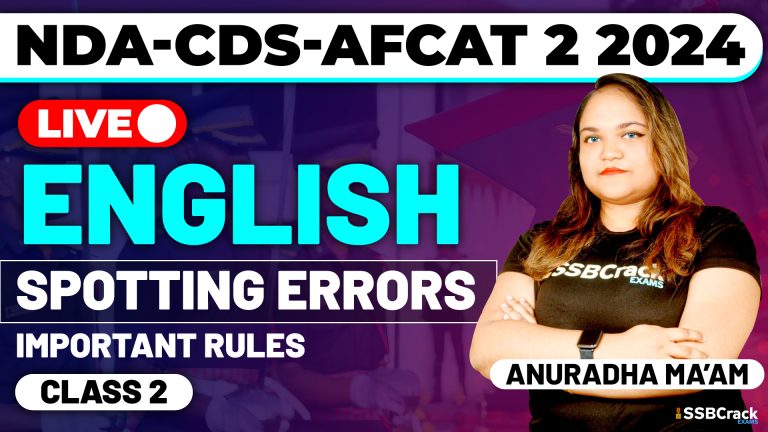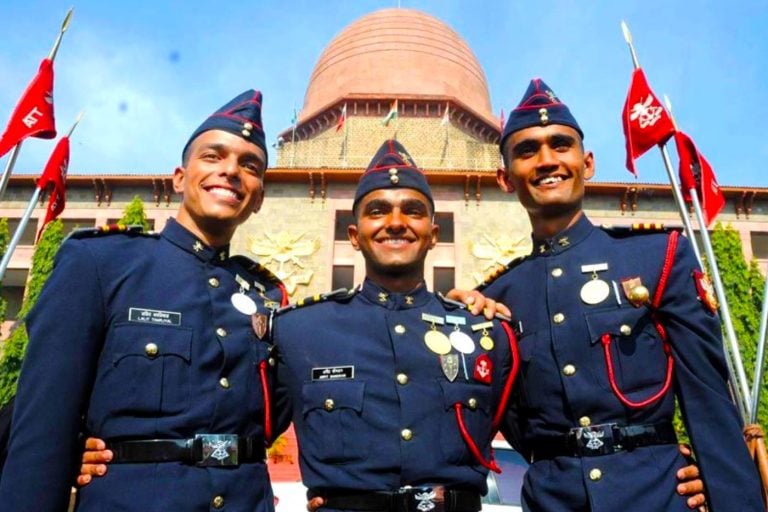The Indian Navy stands as a formidable force with its diverse fleet of ships, each playing a crucial role in safeguarding the nation’s maritime interests. From aircraft carriers to submarines, each vessel contributes significantly to India’s naval power.
NDA 1 2024 Top 25 MCQs of Indian Navy Ships
Let’s delve into the world of Indian Navy ships and explore their capabilities.
- Aircraft Carriers: The pride of the Indian Navy, aircraft carriers are the centerpiece of its maritime strategy. Notable carriers include INS Vikramaditya, a former Russian vessel, and INS Vikrant, India’s first indigenously built carrier. These ships project power, carrying a mix of fighter jets, helicopters, and support aircraft, enhancing India’s ability to conduct air operations at sea.
- Destroyers and Frigates: Indian Navy’s destroyers and frigates are versatile warships equipped with advanced weaponry and sensors. INS Kolkata, INS Delhi, and INS Shivalik are examples of modern destroyers, capable of anti-aircraft, anti-submarine, and anti-ship warfare. Frigates like INS Sahyadri and INS Talwar contribute to fleet protection, maritime surveillance, and support operations.
- Submarines: Silent and deadly, submarines are vital for stealth operations and underwater warfare. India operates both conventional and nuclear-powered submarines. INS Arihant, India’s first nuclear-powered ballistic missile submarine (SSBN), signifies the nation’s strategic deterrence capabilities. Conventional submarines like INS Kalvari and INS Khanderi enhance maritime dominance and intelligence gathering.
- Patrol Vessels and Corvettes: Patrol vessels and corvettes play a crucial role in coastal security and anti-piracy operations. Ships like INS Kamorta and INS Kora are equipped with advanced sensors, weapons, and communication systems, enhancing India’s maritime surveillance and response capabilities in littoral waters.
- Amphibious Warfare Ships: Amphibious transport docks (LPDs) and tank landing ships (LSTs) are essential for amphibious operations and humanitarian assistance. INS Jalashwa, an LPD, has showcased its versatility in disaster relief missions, evacuation operations, and troop deployments, showcasing the Indian Navy’s humanitarian role.
- What is the INS Vikramaditya?
A. A tank landing ship
B. An aircraft carrier
C. An amphibious transport dock
D. A submarine
ANSWER: B - What is INS Jalashwa primarily used for?
A. Transporting troops and equipment
B. Conducting aerial operations
C. Anti-submarine warfare
D. Mine clearance
ANSWER: A - Which of the following is NOT a tank landing ship in service with the Indian Navy?
A. INS Gharial
B. INS Kesari
C. INS Vijit
D. INS Airavat
ANSWER: D - What role does INS Kumbhir serve in the Indian Navy?
A. Aircraft carrier
B. Submarine
C. Tank landing ship
D. Transport dock
ANSWER: C - Which ship is an Admiral Gorshkov-class carrier?
A. INS Vikrant
B. INS Kumbhir
C. INS Jalashwa
D. IAF Vikramaditya
ANSWER: D
Conclusion: The Indian Navy’s fleet of ships symbolizes its commitment to maritime security, regional stability, and disaster response. With a mix of modern technology, strategic partnerships, and indigenization efforts, India’s naval prowess continues to evolve, ensuring a safe and secure maritime environment for the nation and its allies.

















